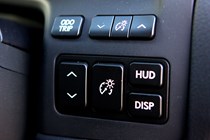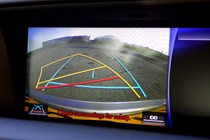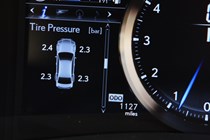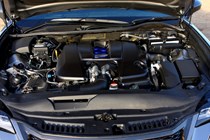
Lexus GS F (2015-2018) engines, drive and performance
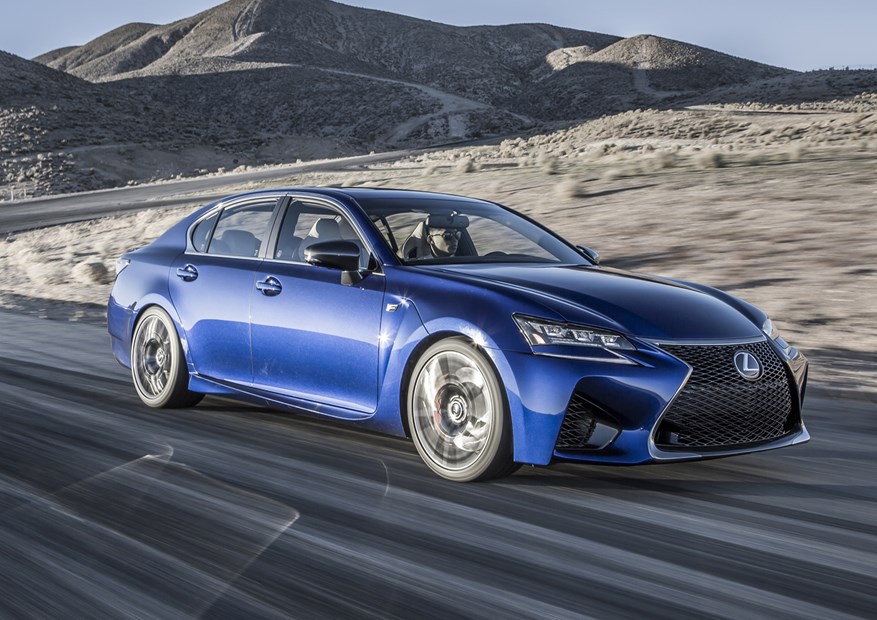
Easy choice here – there’s only one engine and gearbox combination. No “S” model or deliberation between automatic and manual.
Power comes from a 5-litre V8 with 470bhp and 530Nm of torque. It revs freely thanks to a lack of turbocharging but it certainly needs to; peak power is delivered at 7,100rpm (200rpm short of the redline) and torque between 4,800 and 5,600rpm.
As a result the GS F never really feels as fast as you would imagine – although a 0-62mph of 4.6 seconds proves it is no slouch, it’s not as quicks as its rivals. By way of trade-off it does sound very good indeed (enhanced by two speakers synthesising the intake roar and bassy exhaust note), and feels satisfying when you run the big V8 up to the redline.
Automatic gearbox only
Putting that power down on the road is a torque converter automatic gearbox that does a fine job of stitching all eight gears together when you need a smooth get away, but provides punchy shifts when pressing on.
Take control with the manual paddles and a handy shift light emblazons the dials when you need to pull the right-hand lever.
These have a very pleasing mechanical action, with a reasonably long but well-damped throw and satisfying click. This makes the GS F feel a lot more involving on a windy road than leaving it in automatic mode.
Engine rev-matching means downshifts feel smooth, and this keeps things under control in a corner, but don’t expect the kind of double drop from fourth to second you get with a faster-shifting dual-clutch ‘box. The GS F needs a bit more time to set itself up while you’re braking.
There’s a bit of a trade-off here with comfort and ease of use taking more of a priority, and as such the Lexus GS F doesn’t feel as sharp or direct as its rivals.
It’s a very easy and relaxing car to drive quickly thanks to balanced handling and a back end that takes a lot of persuasion to relinquish grip. A torque-vectoring system helps the rear axle portion out torque between the back wheels to keep you pointing in the right direction.
Four driving modes – Normal, Eco, Sport and Sport+ – tailor the response of the engine and gearbox, plus the steering weight, and also alter the graphics displayed on the digital rev counter. Normal and Sport+ felt the most useful, with Sport acting as a bit of a halfway house.
Further to this you can tune the traction control system with Standard, Slalom and Track, which ramps up the GS F’s agility and reduces the amount of electronic intervention.
It’s a fun a flowing car to drive quickly but it doesn’t feel as agile as a BMW M5, which offers a lot more enjoyment on the limit. Scale your speed back a bit, however, and the GS F can still put a smile on your face.










































